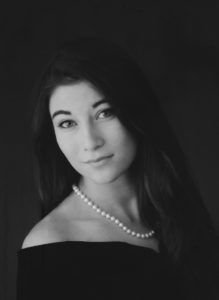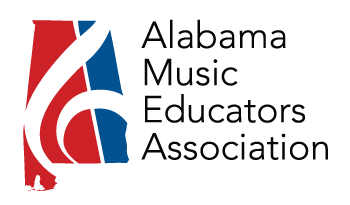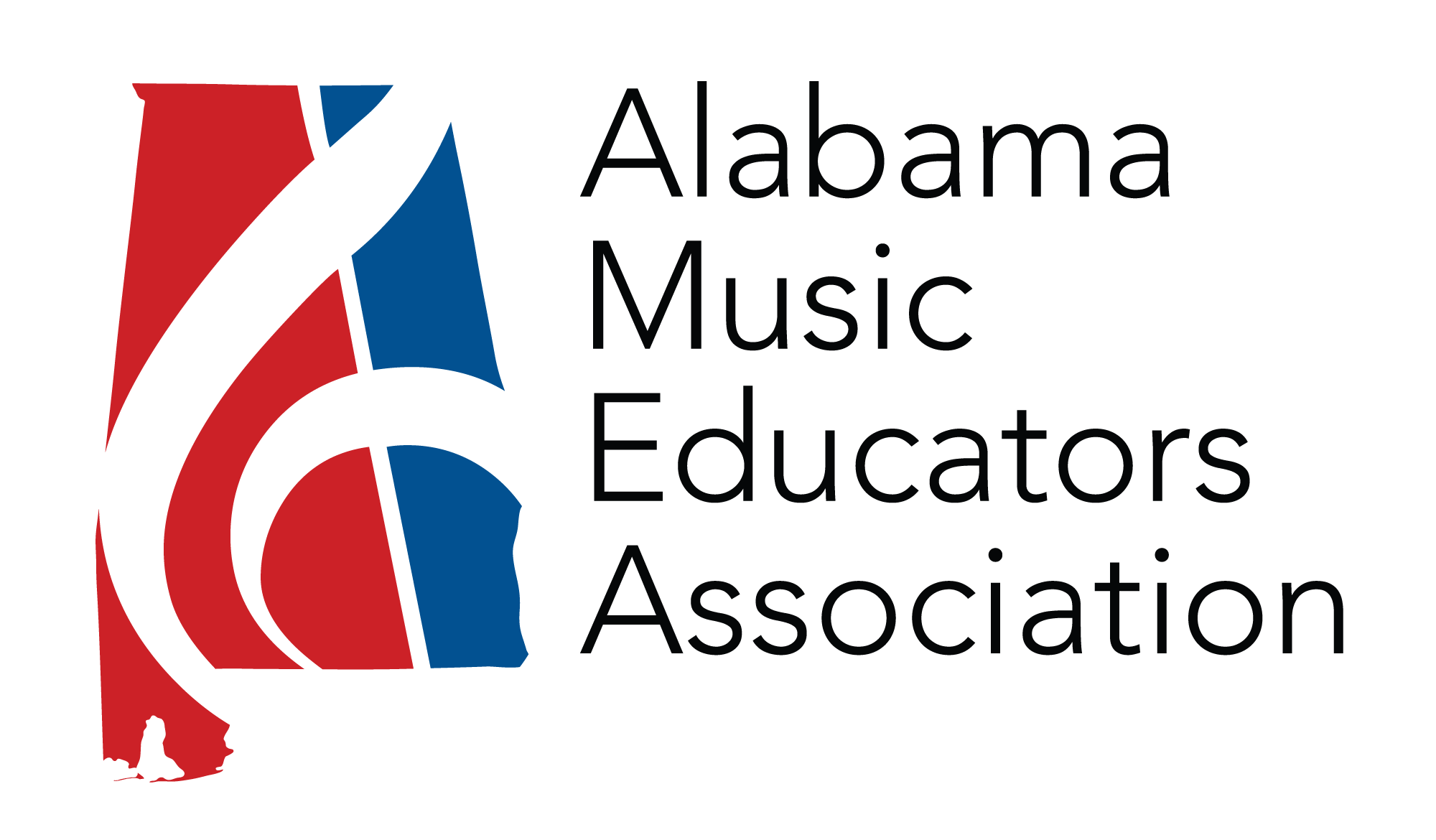Oftentimes in the modern school system we see efforts to “include everyone”. Yet many state governments and school administrators simultaneously preach the suppression of certain minorities. Most often these minorities are LGBTQ+ students, and even faculty, that do not receive the proper inclusion in the general education system. While schools push for students to succeed in STEM subjects, many of these minority students instead turn to the arts to find a place of solace from the pressures of daily academic life. A place where they can be themselves. Inclusion is a large part of students’ enjoyment of arts programs, specifically in music. McBride says, “For many LGBTQ students and teachers, music classrooms are still one of the most accepting and safe spaces in… schools today.” (2016).
that do not receive the proper inclusion in the general education system. While schools push for students to succeed in STEM subjects, many of these minority students instead turn to the arts to find a place of solace from the pressures of daily academic life. A place where they can be themselves. Inclusion is a large part of students’ enjoyment of arts programs, specifically in music. McBride says, “For many LGBTQ students and teachers, music classrooms are still one of the most accepting and safe spaces in… schools today.” (2016).
The Music Educator plays a crucial role in the LGBTQ+ students’ feeling of acceptance and presence in the classroom. If the Educator is unwelcoming and intolerant toward the minority students, the rest of the class will perceive this hostility and react in some way. Music Educators must understand the importance of their role and the influence they have on their students. Each of their students will form a bond with music that is their own, helping the student on their journey through life as they discover how to express themselves to others successfully. It is the task of the Music Educator to provide a haven for this discovery to take place.
Why is it that the music classroom seems to be so pertinent to the LGBTQ+ community’s sense of belonging? Associate Professor of Music and Director of Choirs at Case Western Reserve University, Dr. Garret, says that like any student, “LGBTQ students want to belong. They want positive reinforcement from teachers that they are okay. Music educators can provide this type of positive support in a number of ways, many of which focus on inclusion.” (2012).
Inclusion in the music classroom is essential in all aspects and stages of the students’ lives. “Music educators provide students with opportunities to create, perform, and reflect as individuals and as members of a group. Establishing a positive and inclusive learning environment is essential to maximizing student potential” (Garret, 2012). In elementary music children learn songs together: singing together, playing together, and learning instruments together as a group. As band and choir students age, they see the same inclusiveness arise in working together for a common goal— the next concert or competition. The students find it easy to belong to a group of people who all share a deep passion for similar things. At the same time, these students also desire a place where they can be an individual.
In the modern age, LGBTQ+ students find it hard to cope with the day to day struggles they face. Roughly 90% of LGBTQ+ high school students report being verbally harassed due to their sexual orientation, 60% feel unsafe on a regular basis, nearly half experience physical harassment or assault, and almost 2/3 hear homophobic remarks from school personnel. (Bergonzi, 2009). The very people charged with protecting students are helping to put LGBTQ+ students in dangerous emotional and physical states. The music classroom has the potential to protect its students from these dangers, and it all begins with the efforts of the Music Educator.
The first step to making a classroom safe for any minority is to be aware of your own personal bias(es) and be willing to accept any student that comes your way. The educator must be open and provide a welcoming classroom environment, so no student feels rejected or unwanted. Bergonzi describes this fine line: “Rather than well-intended sympathy, empathy from and supportive alliances with straight teachers, staff, and students are needed.” This means instead of simply feeling bad for the LGBTQ+ community, you are trying to truly understand their predicament and what you can do to help. It is not the students’ fault they may feel unsafe, but perhaps the fact that they truly are not safe in their day to day environment. Once the educator understands this, they can create a safer space for their students and provide an example to the future educators in the room and to other classrooms in the county and even the state. Garret mentions that the societal norm that prohibits many teachers from realizing their classroom is not as inclusive as it could be is easily overcome through communication: “Personal bias is frequently identified as an obstacle to inclusion of LGBTQ students, whether based on religious beliefs or on other value systems…society views heterosexuality as the standard and all others as deviations.” (Garret, 2012). Conversations with local LGBTQ+ organizations, support groups, and even just local families is one of the first steps an educator can take to bring awareness to the classroom. LGBTQ+ students want to learn and be involved in music just as desperately as heterosexual students. Therefore, it is important to “advertise” your program correctly to the entire community of students. For example, using sports and other “manly” things to bring people through your choir’s doors is a strategy that leaves out a good percentage of young men who do not resonate with sports or “manly” things. McBride mentions an advertisement he saw that read, “REAL MEN SING”. A seemingly attractive idea, but not one that will appeal to all young men. If a student desires to sing and truly has a hunger for music, that pupil should be your target— and they may not follow the conventional “masculinity” stereotype. Instead of a stereotype, advertise your group to the young musicians out there who simply want to make music.
It is amazing that music can provide a safe place for LGBTQ+ students when schools have not yet stepped up to the plate. The culture of the music classroom determines the future of the program, so it is important to keep it inclusive and open but to not change oneself in the process of creating the classroom culture. For example, an LGBTQ+ teacher would not benefit from imitating a gender stereotype (heterosexual Male/Female) in the classroom. In contrast, a person of religion does not need to “convert” to anything new to create a safe classroom, nor does a straight person need to strive to hide their sexuality. These are simply examples of personal bias that the educator should be aware of. Curriculum across schools is improving with inclusivity of LGBTQ+ influencers being mentioned throughout history. In music, Bergonzi suggests we improve how we represent music history by speaking more broadly of music. This can be done by mentioning other cultures, women in music, and the immense influence LGBTQ+ composers and performers have had on western music for decades. (2009).
Students should not feel as though they are a thing that does not belong in society and has not existed until now. As Bergonzi (2009) says, “Sexual orientation in music education is not a new phenomenon.” LGBTQ+ students have the opportunity to discover music and what it means to them in their own lives through the music classroom. Music educators are the crucial piece of the safe space puzzle, providing the tools, support, and acknowledgment students need to succeed. The role and influence of music educators in the lives of LGBTQ+ students is an essential first step to those same students going out into the world and discovering what being LGBTQ+ means to them and how they can share their story with the world, creating an endless cycle of love and support for future students.
Works Cited
Bergonzi, Louis. “Sexual Orientation and Music Education: Continuing a Tradition.” Music Educators Journal, December 2009, pp. 21-25.
Garrett, Mathew L. “The LGBTQ Component of 21st-Century Music Teacher Training: Strategies for Inclusion From the Research Literature.” Applications of Research in Music Education, November 2012, pp. 55-62.
Lehmann, Andreas, Woody, Robert, and Sloboda, John A. (2007). Psychology for Musicians: Understanding and Acquiring the Skills. New York: Oxford University Press.
McBride, Nicholas R. “Singing, Sissies, and Sexual Identity.” Music Educators Journal, June 2016, pp. 36-40.


